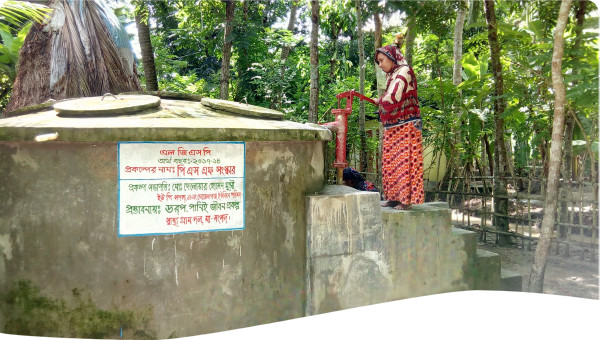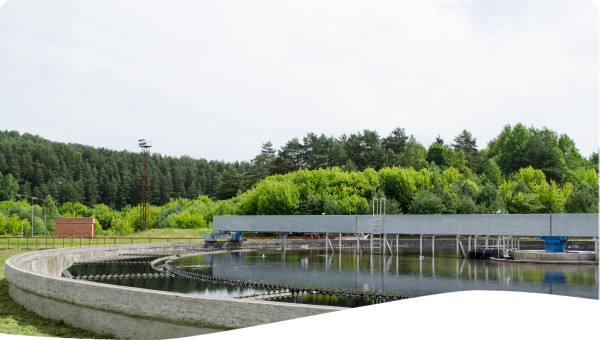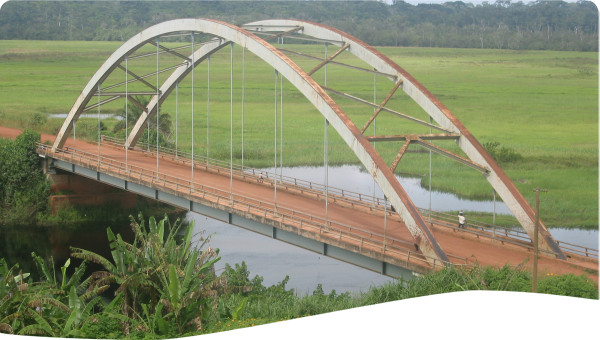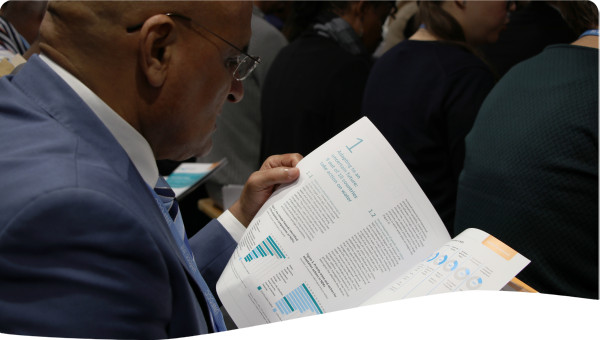This project aims to conduct a water conservation initiative in school environment in Malacca state (Malaysia). Water footprint findings demonstrated that approximately 60% of total water use was due to toilet use. The rainwater harvesting system was selected as this method enables the use of a renewable source (rainwater), conveniently fit the existing building rooftop and plumbing system. The rainwater harvesting system at school lavatory has led to significant reductions between 24m3 and 278m3 of water use with water bill saving of USD285. Benefits gained from this water conservation initiative in school can be seen from environmental, social and economic perspectives.
Malaysia is a tropical country which blessed with an annual rainfall of 2500–3 000 mm derived from the alternating north-east and south-west monsoons. However, water Sustainability Index analysis in Malaysia showed a decrease of 31% of water resources in 2002 is due to urbanization and industrialization rates along with climate change impacts. Average temperatures and rainfall are projected to increase which led to frequency and extremity of flood events. Similarly, frequency and intensity of heat waves experienced in Malaysia is projected to increase dramatically to 93% due climate warming.
Malacca is a state in Malaysia located in the southern region of the Malay Peninsular, next to the Strait of Malacca. Climate of Malacca is hot and humid throughout the year with abundant rainfall, highest between September and November. Flood and droughts in this state have grown more critical which has been linked with climate change impacts with as rising trends of rainfall intensity and temperature. In fact, Melaka state has registered USD19 million flood losses in 2021 with the highest lost in capital city.
With urbanization and industrialization rates along with climate change impacts, it is predicted that Melaka will face a water shortage crisis effecting various sectors (household, agricultural and industry), economic and social development. As water demand management deals closely consumers attitude and consumption patterns, water conservation approach is a crucial focus. Looking at success evidences worldwide, water conservation programme in school is seen as a innovative way to teach future young generation about water saving and to implement this behavioural change at their home.
With intensification of extreme rainfall with rising risk of flooding, utilization of this rainfall is seen as a remedy for both flood mitigation and water conservation in Malacca.
Considering the high rainfall intensity and risk of flooding, rainwater harvesting a well-positioned water conservation method not only in residential and commercial buildings but also in public buildings such as schools. Reuse of rainwater via a rainwater harvesting system is a small scale technology that can be applied in any community environment to manage water supply sustainably. Rainwater harvesting has good potential for community use as it can save a considerable amount of water especially during water shortage, minimizes soil runoff which results in healthier green space by maintaining soil nutrients and improving landscape qualities. Hitherto, most of rainwater harvesting systems installed in Malaysia are mainly concentrated in commercial and residential buildings. Although Malaysian schools have suitable rooftops and building design that are a potentially viable location for a rainwater harvesting system, such utilization is still limited.
The project was set up with a main focus of implementing water conservation initiative in school environment:
- To estimate the school water footprint in Convent Infant Jesus (1) Primary School in Malacca (Malaysia)
- To identify the most suitable water conservation method for Convent Infant Jesus (1) Primary School
- To construct the rainwater harvesting system in the location of most water use in school building
The following actions were applied to achieve the project objectives:
A school water audit was conducted from August to September 2019. Prior to the water audit, 15 school children were trained to perform water audits in four locations, namely, in the canteen(s), toilet(s), the prayer room(s) and garden. A water audit module was developed in the Malay language for this school by adapting the School Water Audit (National Wildlife Federation 2012) and Eco-Schools USA Water Audit (National Wildlife Federation 2012) guidelines. Water use was recorded manually in a water audit form for one month by the trained school children at the selected school locations. Water use data in water audit form in each school location was calculated to obtain overall water footprint in school environment. Water footprint information then was used to determine the highest water use in school locations and suitable potential way to reduce the highest water use in school. Then, all water conservation methods (rainwater harvesting technology, behaviour changes and water saving devices) were discussed over a series of meetings with the school headmaster, teachers, the Teacher and Parents Association, and Green Growth Asia Foundation (non-governmental organization). Key principles and steps of, Stakeholder Analysis, Integrated Urban Water Management Plans and Integrated Flood Management Plans were used as main guide in these series of meetings. The factors (expertise availability, financial concerns, effects of existing pipe system and sustainability potential) were discussed.
The most suitable water conservation method was determined for the lavatory, which used the most water relative to other selected locations. Ultimately, rainwater harvesting technology was selected because this method would allow for the utilization of a renewable source (rainwater) from the building rooftop and utilizes the existing plumping system. From financial perspective, rainwater harvesting system construction is seen as financially affordable method with well experienced contractor. Furthermore, rainwater harvesting technology method is also seen which will be able to create a long-term collaboration between the school and other parties (local authority and non-governmental organization) which increases the sustainability of the rainwater harvesting technology.
A suitable rainwater harvesting system was determined based on guidelines by the National Hydraulic Research Institute of Malaysia (2016). The school building with the highest water use was selected and examined to calculate the rooftop area. The collected rainwater was delivered to polyethylene storage tank using a PVC gutter and down-pipe system. The 300 gallon polyethylene storage tank was installed near the lavatory while a 200 gallon polyethylene storage tank was installed on top of the lavatory roof. Furthermore, wire mesh was placed over the top of the down-pipes to prevent dry leaves and debris from entering the storage tank. A float valve was attached to both of the polyethylene storage tanks to indicate the water level. The rainwater collected from the harvesting system was stored in two polyethylene storage tanks, both of which were utilized to flush 6L from each of the six toilets in the lavatory. With total of 1892.71L (500 gallon) of rainwater stored in two polyethylene storage tanks, the six toilets utilize 36L water, with an average of 75 flushings total for six toilets per week that leads to a water saving efficiency of 100% in lavatory.
This project has demonstrated a successful implementation of school participation in water conservation and management which is in line with Integrated Water Resources Management.
- There was a reduction in water use relative to the previous year which indicated the impact of rainwater harvesting system.
- The rainwater harvesting system at school lavatory has led to significant reductions between 24m3 and 278m3 of water use along with water bill saving of USD285.
- The rainwater harvesting system has minimized the amount of rainfall runoff around the lavatory building which has led to decreased erosion caused by falling rain.
- The rainwater harvesting system provided continuous water supply, even during the water shortage period in Malacca. The rainwater harvesting system also provided water for the school lavatory due a major water crisis between the end of January 2020 and February 2020, which affected approximately 551,000 domestic consumers.
- The social benefits engendered by rainwater harvesting system implementation created a good teamwork and solidarity between school teachers and children in a common cause to reduce water use in school. This teamwork was seen through series of briefings by the school headmaster in a weekly assembly and teachers in each class along with Eco-school committee members in charge at each location to share the importance of water conservation via infographics.
- This project has also created collaboration opportunities between the Parent-Teacher Association, Universiti Putra Malaysia, and Green Growth Asia Foundation.
Utilization of renewable resources via harvesting rooftop rainwater helps to reduce treated water use and to limit land impact while optimizing land use and landscape diversity in school environment. Moreover, responsible consumption of renewable rainwater contributes to wealth creation via water bill savings.
The success of a project depends on wide participation and inputs, f.e. in this case including the Parent-Teachers Association, university (Universiti Putra Malaysia), and non-governmental organization (Green Growth Asia Foundation) helped with transparent decision-making process, project monitoring and risk management to ensure the project’s sustainability.
A sense of solidarity and common cause - to conserve water - enables efficient teamwork, facilitates ongoing effort to educate school children, and willingness to change their behaviour to use rainwater for flushing purposes.
A better understanding of the equilibrium between each dimension of IWRM boosts overall project impact for the school.
 Case studies
Case studies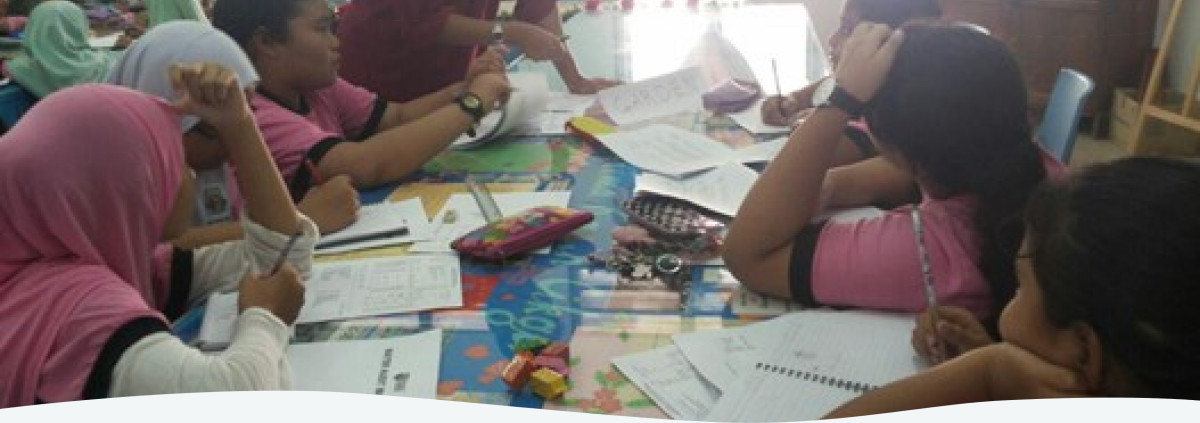
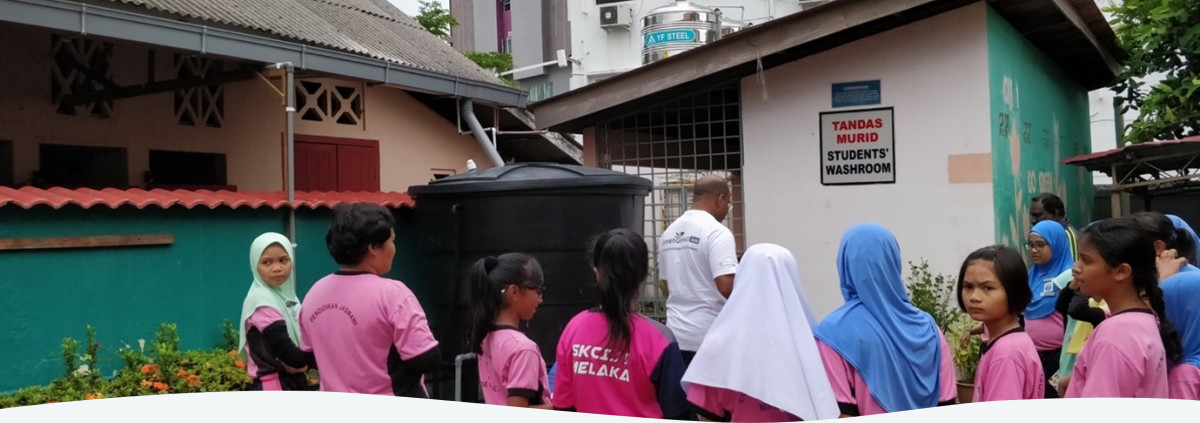
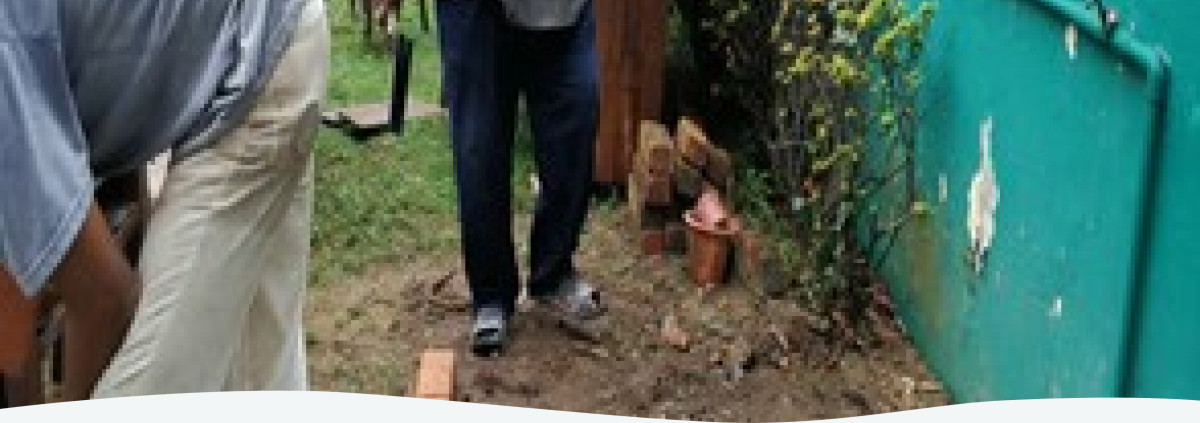
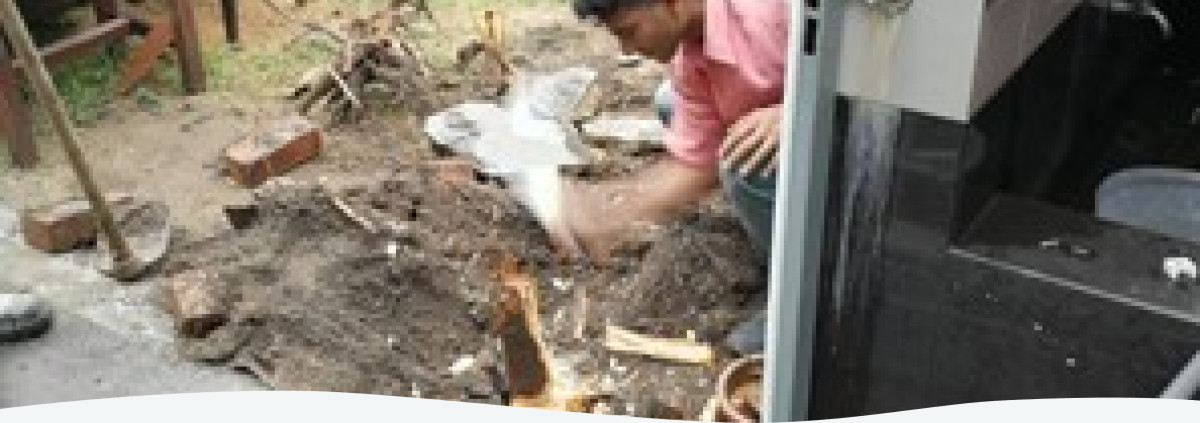
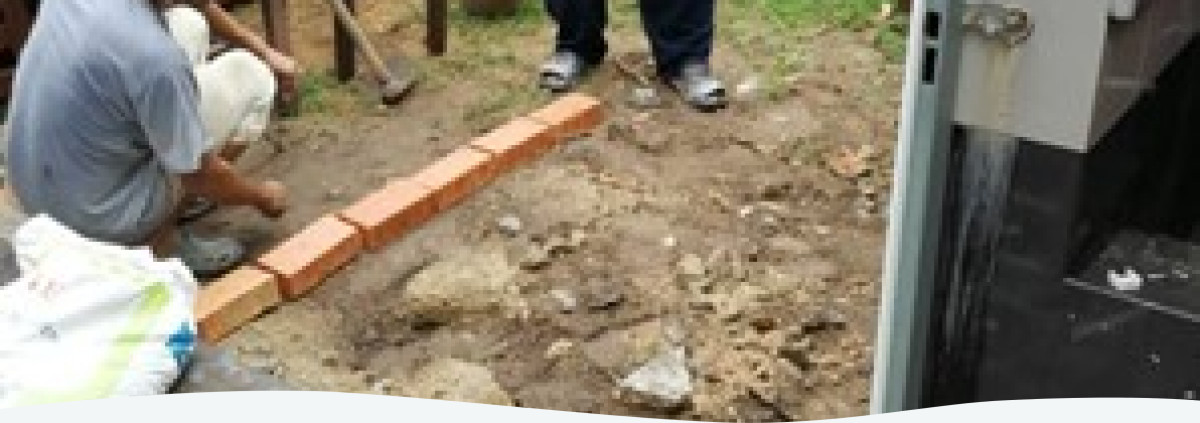
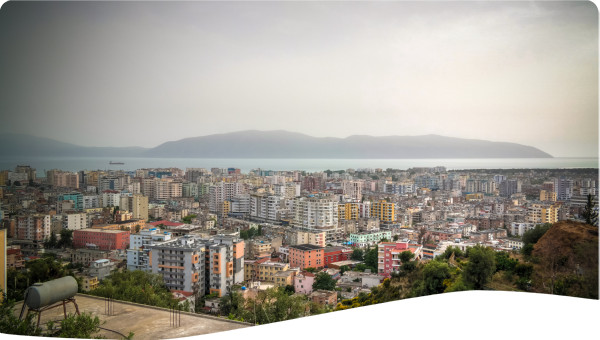
.jpg)
